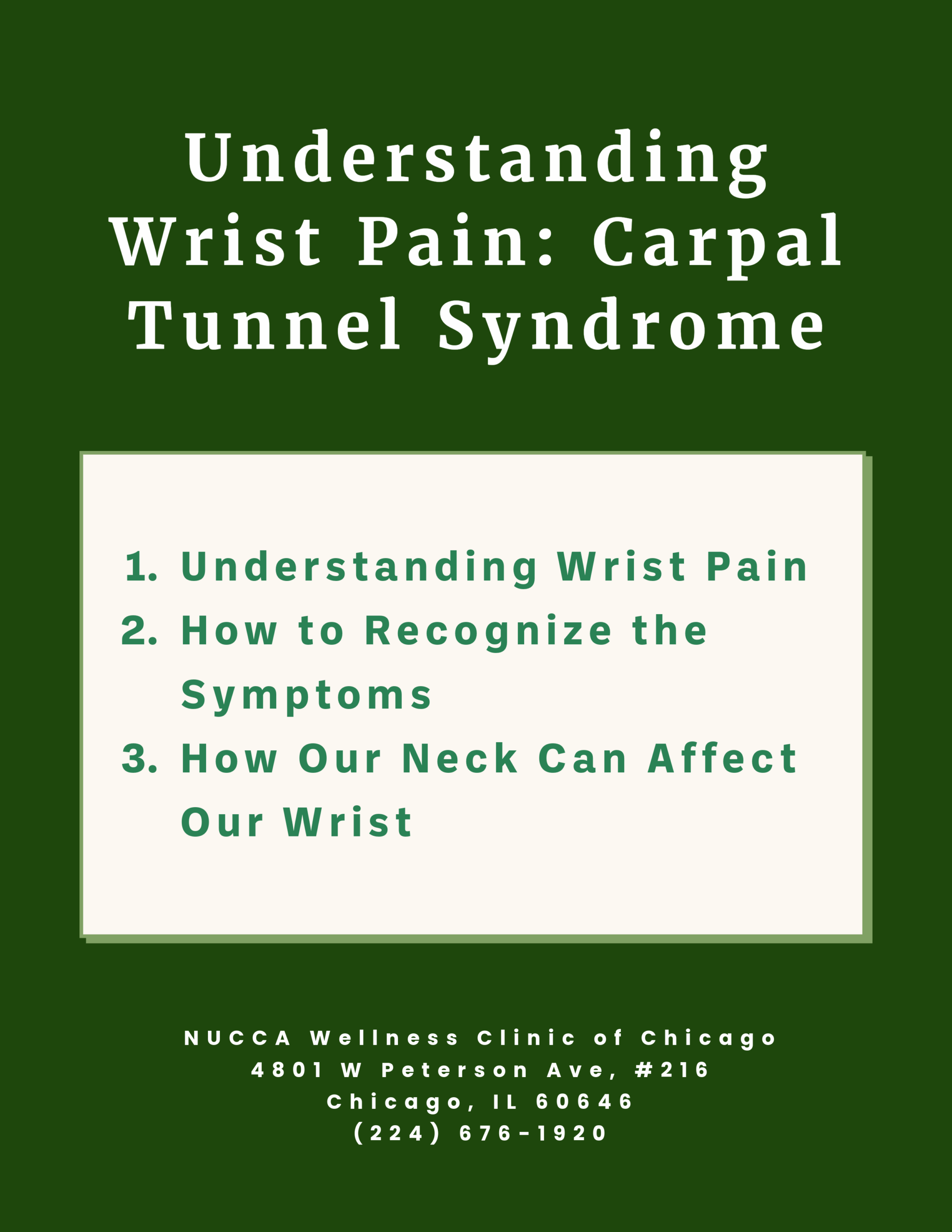 Understanding Migraine Headaches
Understanding Migraine Headaches
So, when it comes to headaches, Migraines are a monster with a mind of their own. We mean that figuratively of course, but they render a person who experiences them helpless to do anything about them for hours or even days. Or do they?
In order to understand what we can do about Migraines, we need to understand what is different between them and a regular headache. First, we should let you know that there is no such thing as a regular headache. There are more than 200 types of headaches, so no one headache can be called a regular headache.
Though, knowing the differences between migraines and the other 200 types of headaches is crucial. Here are some of those differences:
Defining Migraine Headaches
- Neurovascular Disorder – Migraines are thought to be a disorder of the nerves and blood vessels that starts in the brain and spreads to the blood vessels.
- Aura – About 15-20% of migraine sufferers also experience aura, which are symptoms that precede the actual headache. These may include visual disturbances, nausea, or more. They may last throughout the migraine and they may even remain after the migraine.
- Pain – No one is quite sure what causes the pain that accompanies migraines. One theory is the central nervous system structures (the brainstem and diencephalon for example) play a major factor. Peripheral activation, perhaps from sensory nerves surrounding blood vessels in the head and neck may also be a factor. Other proposed causes are dural arteries, pial arteries, and extracranial arteries below the scalp.
Your Upper Neck and Migraines
So, while migraine headaches are distinct in their origin, pain that sometimes accompanies them, and the pain of the headache itself, so also the steps a person must take to alleviate themselves of a migraine are also different. The best way a person can alleviate themselves of migraine headaches, and any pain that may accompany them, is to get to the source of the pain.
The best way to do that is to have an upper cervical chiropractor examine your upper neck vertebrae for any misalignments. That misalignment can cause the brainstem to not function properly leading to an irritation to the nerves between the brain and the spinal cord and the blood vessels to the head. This irritation has been demonstrated as a frequent cause of migraines and other headaches.
To find an upper cervical specialist in your area go to http://www.NUCCA.org/ or if you are in the Chicago, Illinois area, contact us to schedule an appointment at (224) 676-1920.
Want to hear from people like you? Check out our reviews here.
Dr. Young Chung of NUCCA Wellness Clinic of Chicago, with a location in Chicago and a 2nd location in Wheeling is an Upper Cervical Specialist trained by the National Upper Cervical Chiropractic Association (NUCCA). His upper cervical clinic also serves Northbrook, Long Grove, Lincolnshire, Buffalo Grove and Vernon Hills. He is uniquely trained to correct problems in the upper cervical spine (upper neck). This vital area is intimately connected to the central nervous system and problems in this area have been shown to be an underlying cause of a variety of different health problems, including migraines and other headaches, whiplash injuries, post-concussion syndrome. This type of care has also shown benefits for athletic performance and pregnancy outcomes. More information can be found on our website at http://www.NUCCAwellnessChicago.com/




